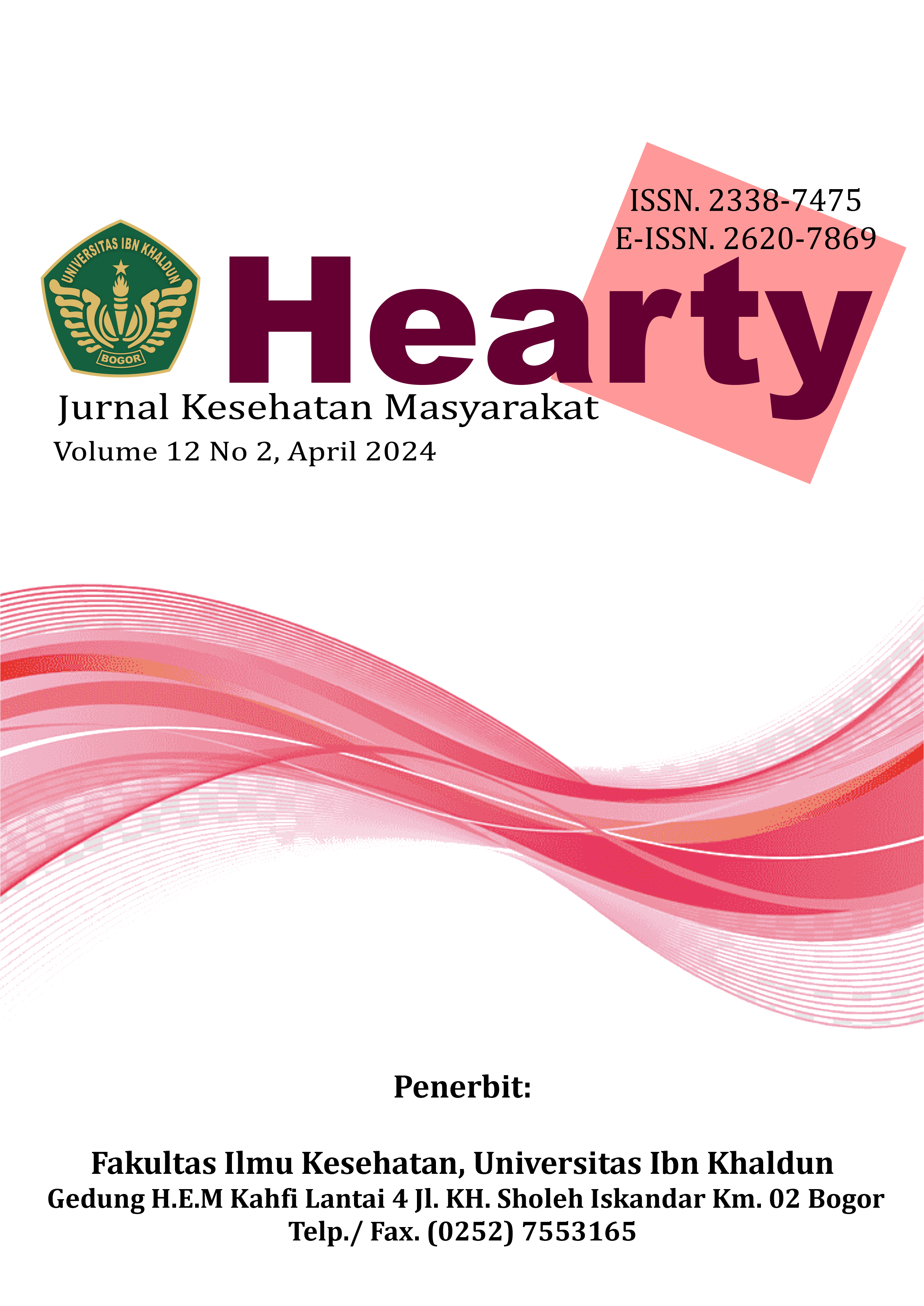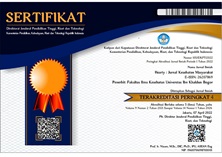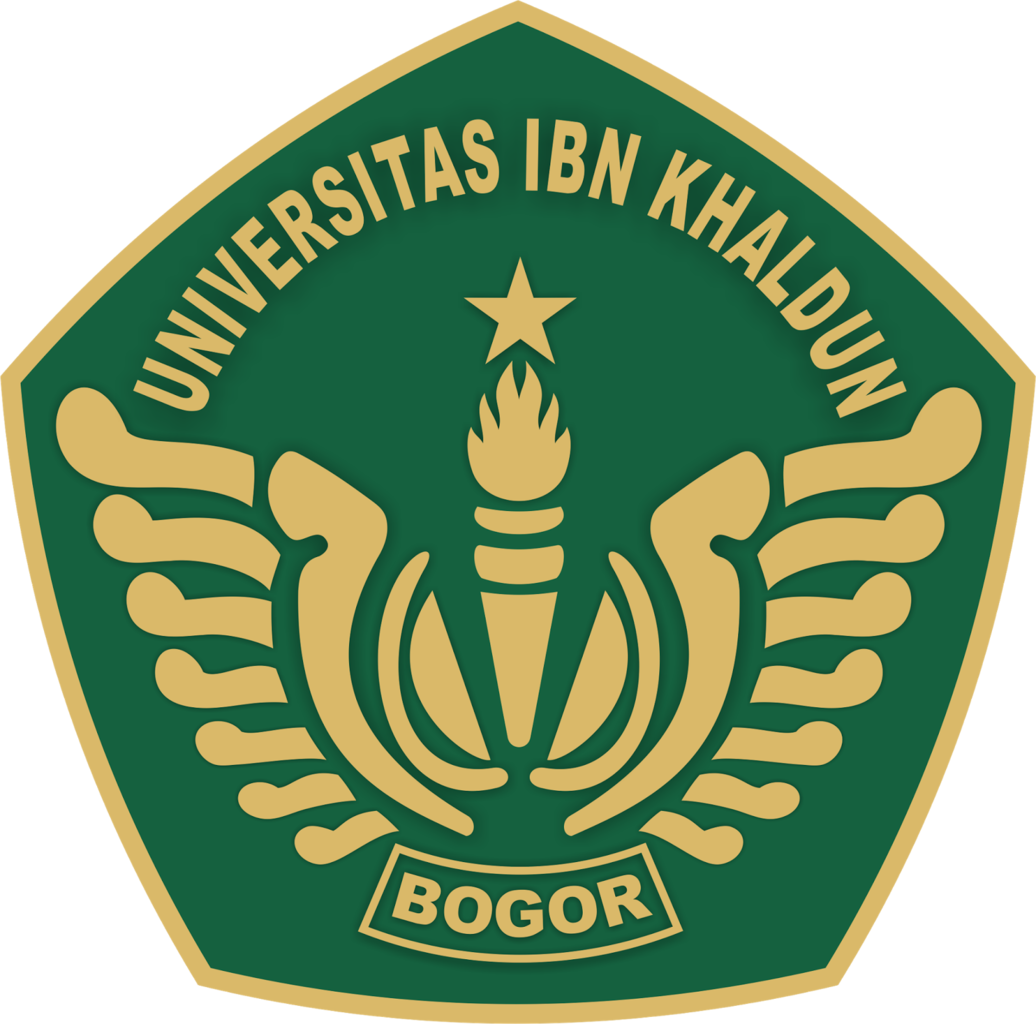COST-EFFECTIVENESS ANALYSIS OF STUNTING INTERVENTION THROUGH WHATSAPP APPLICATION FOR RURAL COMMUNITY EDUCATION (CASE STUDY IN BALONGCABE VILLAGE, BOJONEGORO DISTRICT)
DOI:
https://doi.org/10.32832/hearty.v12i2.7099Kata Kunci:
Intervensi, Stunting, Kader Desa, Analisis Efektivitas BiayaAbstrak
Bojonegoro Regency is one of the regencies with a high prevalence of stunting at 23.9%, which is higher than the provincial prevalence of 23.5% and 21.1% nationally. Kedungadem District occupies the second highest stunting case, as many as 258 toddlers and 14 of them are in Balongcabe Village. The purpose of this study was to analyze the cost-effectiveness of stunting intervention through a public education program called Hotline Stunting that utilizes the automatic message feature on the WhatsApp Business application for the people of Balongcabe Village, Bojonegoro Regency. This research method was true-experimental by providing a stunting intervention program and the research subjects were Balongcabe village cadres. During the program's trial period in August 2021, there were 144 children under five in Balongcabe Village. The cost analysis method used Cost Effectiveness Analysis (CEA) by calculating the ratio of the total costs incurred to implement the program with program cost effectiveness that produced the same outcome, namely stunting prevention. Based on the results of the CEA calculation, the use of the Hotline Stunting program in Balongcabe Village was 4,314 rupiah and the USE Questionnaire calculation was 85.43%, indicating that the Hotline Stunting Program that utilizes the WhatsApp Business Application with a low amount will be effectively run as one stunting prevention program and categorized into a program that is very feasible and easy to use, so it can be recommended to continue to be developed in Balongcabe Village.
Referensi
Bappenas. 2021. Apa itu SDGs? http://sdgsindonesia.or.id/ diakses pada tanggal 3 Oktober 2021 pukul 22.00 WIB.
Tim Nasional Percepatan Penanggulangan Kemiskinan (TNP2K). 2017. 100 Kabupaten/Kota Prioritas Untuk Intervensi Anak Kerdil (Stunting). Jakarta: Sekretariat Wakil Presiden Republik Indonesia.
Kementerian Kesehatan Republik Indonesia. 2021. Laporan Kinerja Kementerian Kesehatan Tahun 2020. Jakarta.
Peraturan Presiden Republik Indonesia Nomor 72 Tahun 2021 Tentang Percepatan Penurunan Stunting.
SSGBI. 2019. Survei Status Gizi Balita Indonesia (SSGBI). Jakarta: Kemenkes RI.
SSGI. 2021. Buku Saku: Hasil Studi Status Gizi Indonesia (SGGI) Tingkat Nasional, Provinsi dan Kabupaten/Kota Tahun 2021. Jakarta: Kementerian Kesehatan Republik Indonesia.
WHO. 2021. Stunting prevalence among children under 5 years of age (%) (JME). https://www.who.int/data/gho/data/indicators/indicator-details/GHO/gho-jme-stunting-prevalence diakses pada tanggal 31 Maret 2022.
Direktorat Gizi Masyarakat. 2020. Laporan Akuntabilitas Kinerja Kegiatan Pembinaan Gizi Masyarakat Tahun 2020. Jakarta: Kementerian Kesehatan Republik Indonesia.
Website Resmi Pemerintah Kabupaten Bojonegoro. 2021. Satu Data Bojonegoro. https://data.bojonegorokab.go.id/ diakses pada tanggal 19 Maret 2022 pukul 14.41 WIB.
Yanti, ND., Betriana, F & Kartika, IR. 2020. Faktor Penyebab Stunting Pada Anak: Tinjauan Literatur. Real in Nursing Journal (RNJ), Vol. 3, No. 1, halaman: 1 – 10. Universitas Fort de Kock, Bukittinggi.
Ariyani, M A, Waryana & Oktasari, R. 2019. Pendidikan Orang Tua, Pengetahuan Gizi Ibu Mengenai Tumbuh Kembang Anak Dan Status Gakin Dengan Kejadian Stunting Pada Balita Usia 24-59 Bulan Di Wilayah Kerja Puskesmas Karangmojo II Gunungkidul. Skripsi thesis. Poltekkes Kemenkes Yogyakarta.
Ariyani, D A., Kurdi, F N & Soebyakto. 2016. Cost Effectiveness Analysis (CEA) Program Pengelolaan Penyakit Kronis (PROLANIS) Diabetes Melitus Tipe 2 Peserta JKN di Kota Serang Banten. Jurnal Kedokteran dan Kesehatan, Vol. 3, No. 3, Oktober 2016, Halaman: 146-154.
Shobry, Muhammad Nuri. 2017. Faktor yang Mempengaruhi Keberhasilan Pelaksanaan Program Urban Farming di Kabupaten Gresik. Skripsi. Universitas Airlangga.
Andarwulan, S., Iswati, W S., Rihardini, T & Anggraini, D T. 2020. Penerapan Teknologi Deteksi Dini Stunting Sebagai Upaya Peningkatan Status Gizi Anak Di Kelurahan Siwalankerto Kecamatan Wonocolo Surabaya. Jurnal Pengabdian Kepada Masyarakat (JURPIKAT), Vol. 1, No. 3 (2020), Halaman: 364-374. Universitas PGRI Adi Buana Surabaya.
Refasi, N L., Lolo, W A & Bodhi, W. 2020. Analisis Efektivitas Biaya (Cost Effectiveness Analysis) Pada Pengobatan Pasien Malaria Falciparum Di RSUD Nabire. Jurnal Ilmiah Farmasi (PHARMACON) – UNSRAT, Vol. 7, No. 2, Mei 2018. ISSN 2302 – 2493.
























